A Discussion on Potential Consequences of AI Hallucinations
A Discussion on Potential Consequences of AI Hallucinations
A Discussion on Potential Consequences of AI Hallucinations
21 de nov. de 2023


To put it in simple terms, AI hallucination is when the AI sees or interprets things that aren't there. This stems from the AI being trained on vast amounts of data and trying to find patterns or make sense of information that can sometimes lead to false interpretations.
For instance, an AI might be trained to recognize images of cats. However, if it starts seeing 'cats' in pictures of clouds or muffins, that's a case of AI hallucination.
The Consequences
The consequences of generative AI hallucinations can vary widely, depending on how and where the AI is used.
Creative Misinterpretations
These hallucinations might result in unique and unexpected outputs in creative fields like art and music. The AI might generate a piece of music or artwork that's completely novel and unlike anything a human would create. While this can lead to exciting new art forms, it can also result in strange, nonsensical, and even disturbing creations.
Miscommunication and Misunderstanding
Generative AI hallucinations can lead to confusing or misleading responses in language-based applications. For example, an AI trained to generate text might start producing sentences that seem grammatically correct but are illogical or convey incorrect information, inducing potential misunderstandings.
Serious Consequences in Critical Systems
The implications become more serious when generative AI is used in critical systems, such as creating simulations for training or planning purposes. If the AI hallucinates and creates inaccurate or misleading scenarios, it could lead to poor decision-making or improper training with potentially dangerous consequences.
Moving Forward
AI hallucination is an issue that needs addressing as we continue to integrate these systems more deeply into our lives. Improving training methods and creating safeguards are crucial to limit the possible harm from AI hallucinations.
It's equally important to develop ethical guidelines and regulations for AI use. This will ensure that even if errors occur, they are addressed promptly and effectively to minimize potential harm.
Remember, every powerful tool comes with challenges, and AI is no exception. But with understanding, vigilance, and proactive measures, we can work towards mitigating these challenges for a safer, more efficient future.
Empowering AI Understanding with Aivia
The concept of AI hallucinations, as explored in this text, is a pressing consideration in developing and applying AI systems. In Aivia's Professional Development Center, you will find a wealth of resources designed to deepen your understanding of AI, including the complexities of AI hallucinations.
One particularly relevant course module is "Human-in-the-Loop," which provides insights into how human involvement can mitigate the effects of AI hallucinations. We invite you to explore Aivia's Professional Development Center and enhance your AI knowledge.
To put it in simple terms, AI hallucination is when the AI sees or interprets things that aren't there. This stems from the AI being trained on vast amounts of data and trying to find patterns or make sense of information that can sometimes lead to false interpretations.
For instance, an AI might be trained to recognize images of cats. However, if it starts seeing 'cats' in pictures of clouds or muffins, that's a case of AI hallucination.
The Consequences
The consequences of generative AI hallucinations can vary widely, depending on how and where the AI is used.
Creative Misinterpretations
These hallucinations might result in unique and unexpected outputs in creative fields like art and music. The AI might generate a piece of music or artwork that's completely novel and unlike anything a human would create. While this can lead to exciting new art forms, it can also result in strange, nonsensical, and even disturbing creations.
Miscommunication and Misunderstanding
Generative AI hallucinations can lead to confusing or misleading responses in language-based applications. For example, an AI trained to generate text might start producing sentences that seem grammatically correct but are illogical or convey incorrect information, inducing potential misunderstandings.
Serious Consequences in Critical Systems
The implications become more serious when generative AI is used in critical systems, such as creating simulations for training or planning purposes. If the AI hallucinates and creates inaccurate or misleading scenarios, it could lead to poor decision-making or improper training with potentially dangerous consequences.
Moving Forward
AI hallucination is an issue that needs addressing as we continue to integrate these systems more deeply into our lives. Improving training methods and creating safeguards are crucial to limit the possible harm from AI hallucinations.
It's equally important to develop ethical guidelines and regulations for AI use. This will ensure that even if errors occur, they are addressed promptly and effectively to minimize potential harm.
Remember, every powerful tool comes with challenges, and AI is no exception. But with understanding, vigilance, and proactive measures, we can work towards mitigating these challenges for a safer, more efficient future.
Empowering AI Understanding with Aivia
The concept of AI hallucinations, as explored in this text, is a pressing consideration in developing and applying AI systems. In Aivia's Professional Development Center, you will find a wealth of resources designed to deepen your understanding of AI, including the complexities of AI hallucinations.
One particularly relevant course module is "Human-in-the-Loop," which provides insights into how human involvement can mitigate the effects of AI hallucinations. We invite you to explore Aivia's Professional Development Center and enhance your AI knowledge.
To put it in simple terms, AI hallucination is when the AI sees or interprets things that aren't there. This stems from the AI being trained on vast amounts of data and trying to find patterns or make sense of information that can sometimes lead to false interpretations.
For instance, an AI might be trained to recognize images of cats. However, if it starts seeing 'cats' in pictures of clouds or muffins, that's a case of AI hallucination.
The Consequences
The consequences of generative AI hallucinations can vary widely, depending on how and where the AI is used.
Creative Misinterpretations
These hallucinations might result in unique and unexpected outputs in creative fields like art and music. The AI might generate a piece of music or artwork that's completely novel and unlike anything a human would create. While this can lead to exciting new art forms, it can also result in strange, nonsensical, and even disturbing creations.
Miscommunication and Misunderstanding
Generative AI hallucinations can lead to confusing or misleading responses in language-based applications. For example, an AI trained to generate text might start producing sentences that seem grammatically correct but are illogical or convey incorrect information, inducing potential misunderstandings.
Serious Consequences in Critical Systems
The implications become more serious when generative AI is used in critical systems, such as creating simulations for training or planning purposes. If the AI hallucinates and creates inaccurate or misleading scenarios, it could lead to poor decision-making or improper training with potentially dangerous consequences.
Moving Forward
AI hallucination is an issue that needs addressing as we continue to integrate these systems more deeply into our lives. Improving training methods and creating safeguards are crucial to limit the possible harm from AI hallucinations.
It's equally important to develop ethical guidelines and regulations for AI use. This will ensure that even if errors occur, they are addressed promptly and effectively to minimize potential harm.
Remember, every powerful tool comes with challenges, and AI is no exception. But with understanding, vigilance, and proactive measures, we can work towards mitigating these challenges for a safer, more efficient future.
Empowering AI Understanding with Aivia
The concept of AI hallucinations, as explored in this text, is a pressing consideration in developing and applying AI systems. In Aivia's Professional Development Center, you will find a wealth of resources designed to deepen your understanding of AI, including the complexities of AI hallucinations.
One particularly relevant course module is "Human-in-the-Loop," which provides insights into how human involvement can mitigate the effects of AI hallucinations. We invite you to explore Aivia's Professional Development Center and enhance your AI knowledge.

Try 14 Days for Free
Start